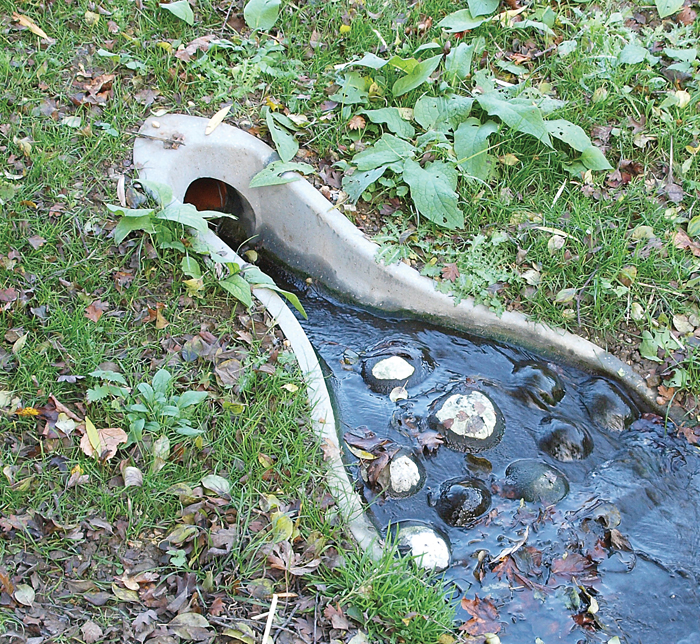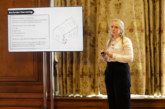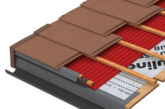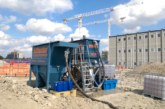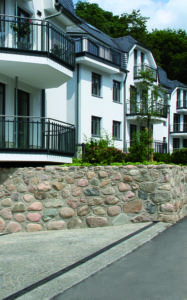 Effective surface water management can have an important role to play in value engineering, as Keith Oldham, National Technical Consultant, at ACO Water Management discusses.
Effective surface water management can have an important role to play in value engineering, as Keith Oldham, National Technical Consultant, at ACO Water Management discusses.
Put simply, value engineering is the practice of making cost savings during the design stage of a construction project. In recent years, the term has drawn criticism, notably from Dame Judith Hackitt in her review of building regulations and fire safety following the Grenfell Tower disaster, arguing that it had become another term for cutting costs and quality. However, with the right service support and expertise of the overall project, savings can be made by providing the most efficient solution, without compromising quality, enabling true value engineering.
Surface water management systems are one example where cost savings can be made, as the positioning of drainage runs, product selection and groundworks are all variables that can be improved with intelligent scrutiny. Below we examine some practical examples of how ‘value engineering’ can be used to improve performance and reduce cost over the lifetime of a water management system.
Using channels for collection and conveyance
Large capacity channels can also be utilised for the collection of excess surface water, as well as conveyance. This allows the omission of the lengths of underground pipe networks.
In projects such as communal car parks, for example, a pipe network is required for collection which allows the channels to discharge at either end. The pipework has to be fitted parallel to the channels at a much deeper level, which can take considerably longer to install and will result in increased costs and extend project completion schedules.
If parts of the collection network can be omitted then project managers can make significant installation savings. This can be achieved by using channels to remove part of the collection pipe network, which can then connect at a higher capacity to other channels.
By incorporating a channel layout, projects can be optimised to have a slightly shorter total channel length. Savings will therefore be made by the pipe network length being reduced without impacting the quality and effectiveness of the system in place.
Maximising attenuation volume
With increasing urbanisation and climate change, the Environment Agency has upgraded its mitigation guidance from +30% to +40% for the 1:100-year design criteria. As a result, water management systems are to be designed for increased demand. One value engineering technique to cope with 1:100-year events is to design channel systems with surface storage; temporary ponding built into the calculations and design of the site. This allows the reduction in other storage systems, such as attenuation tanks.
Some larger capacity channels can even attenuate water in the bore of the channel itself, so when combined with surface storage, can reduce the quantity of proprietary products required, keeping the costs to a minimum, without increasing the risk of flooding during periods of intense rainfall.
Attenuation systems
Value engineering on attenuation systems can be made by using flexible systems that can fit into tight footprints. The greater the flexibility of a system, in addition to expert service support, can provide significant savings in groundwork reductions. For example piped attenuation systems replaced with some geocelluar systems can reduce footprint but increase attenuation capacity, with the right consultation.
Final thoughts
Ultimately, with the right service support in place, cost savings are there to be made on all water management. It is important to utilise the expertise behind the products, as well as discovering whether professional development content is available. This combination will help ensure all future projects can be cost-effective, while maintaining the standard of quality that is expected in the UK.


